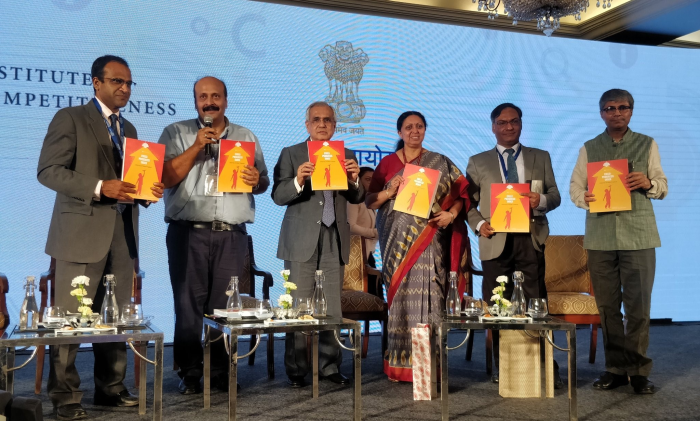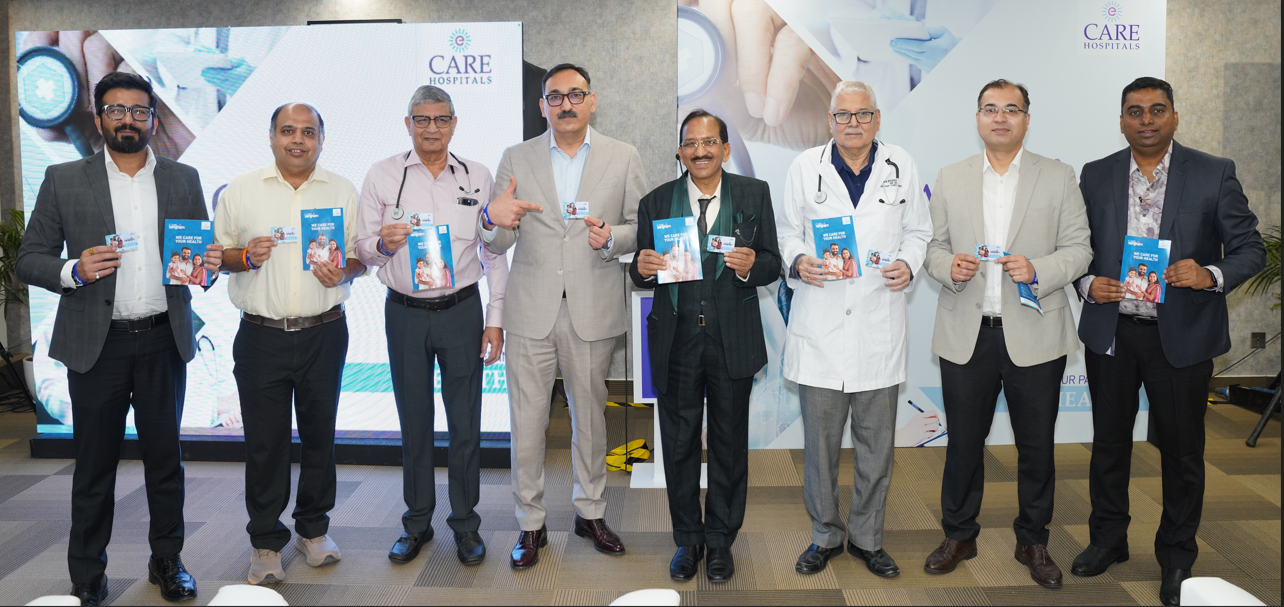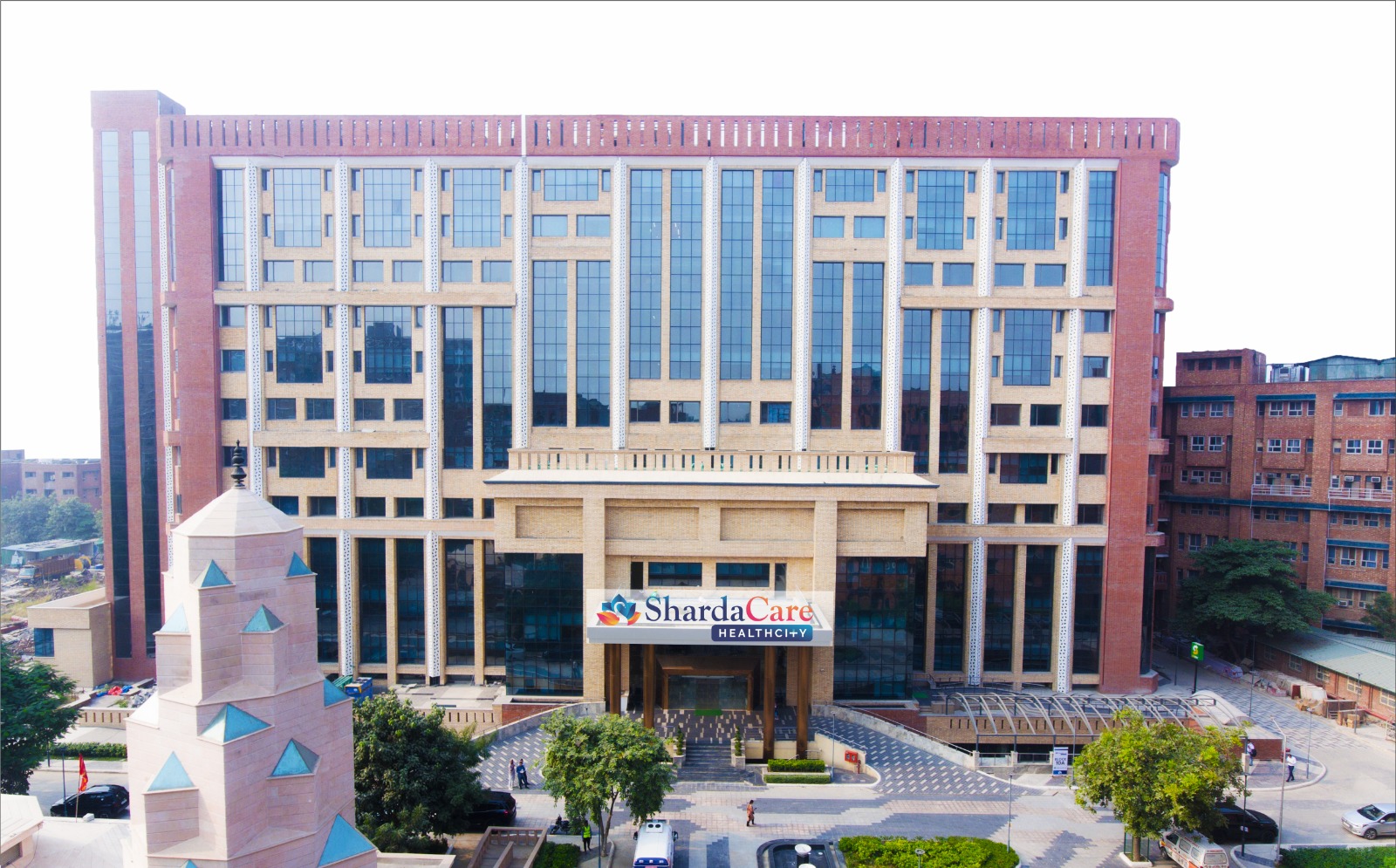Gautam Buddha Nagar, Ghaziabad and Baghpat emerge as top performers,as per latest CPI UP stats
Institute for Competitiveness released the Child Progress Index at the India’s National Competitiveness Forum & #PorterPrize 2019 on October 17 at Taj Mahal Hotel, Mann Singh Road, New Delhi. The Child Progress Index draws on the conceptual antecedents from the work on Social Progress and focuses on capturing all the facets of child well-being. The index is a part of the pilot study conducted for the state of Uttar Pradesh, which will be expanded to the entire country over time at the level of the districts.
The Child Progress Index is calculated as the average of the scores of its three dimensions- Basic Human Needs, Foundations of Wellbeing and Opportunity. Each dimension is broken down into four components each, which encompass a total of 47 indicators in all. These are aimed at capturing a holistic view of the state of child development in India and also to provide policymakers with a data-based tool for policy making to better understand the focus areas for livelihood enhancement of children.
Along with the comprehensive picture of state of Uttar Pradesh and its districts on the facets of child progress, the report includes a section on district profiles capturing their performance on the 47 indicators focusing on different aspects of Child Progress. The state of Uttar Pradesh has been an average performer on the index with a score of 48.18. It relatively better performance on the dimension ‘Basic Human Needs’ and the poorest on the dimension of ‘Opportunity’. This shows the performance of state is best when it comes to providing basic necessities such as shelter, water, and sanitation but becomes increasingly challenging as the complexity of the provision of services increases.
The districts of Uttar Pradesh have been classified into four tiers based on their scores namely - high, upper-middle, lower-middle and low child progress. Gautam Buddha Nagar is the best performing district of the state as it overperforms on the majority of the components like Access to Information, Communication and Access to Quality Education. Ghaziabad and Baghpat are in the second and third position respectively. Balrampur has been the lowest performer with Bahraich being just a couple of points ahead. The rankings of the districts are shown below.
Rank District Score Rank District Score High Child Progress Lower Middle Child Progress 1 Gautam Buddha Nagar 69.10 37 Sultanpur 47.84 2 Ghaziabad 63.98 38 Mahrajganj 47.35 3 Baghpat 62.05 39 Basti 47.27 4 Meerut 60.95 40 Kanpur Dehat 47.18 5 Varanasi 58.45 41 Fatehpur 46.83 6 Kanpur Nagar 57.96 42 Pratapgarh_UP 46.80 7 Saharanpur 57.90 43 Sant Ravidas Nagar (Bhadohi) 46.29 8 Lucknow 57.23 44 Mahamaya Nagar 45.82 9 Bijnor 55.38 45 Mirzapur 45.54 10 Agra 55.15 46 Farrukhabad 45.34 11 Jhansi 54.70 47 Kushinagar 45.09 12 Bulandshahr 54.68 48 Banda 44.58 13 Muzaffarnagar 53.88 49 Sant Kabir Nagar 44.48 14 Allahabad 53.53 50 Unnao 44.45 15 Gorakhpur 53.37 51 Rae Bareli 43.96 16 Jyotiba Phule Nagar 53.33 52 Kanshiram Nagar 43.93 17 Hamirpur_UP 52.53 53 Pilibhit 43.93 18 Rampur 52.33 Low Child Progress Upper Middle Child Progress 54 Kannauj 43.82 19 Mathura 51.97 55 Lalitpur 43.69 20 Deoria 51.74 56 Etah 43.69 21 Moradabad 51.62 57 Auraiya 42.57 22 Azamgarh 51.41 58 Bara Banki 42.57 23 Bareilly 51.06 59 Sonbhadra 41.88 24 Chandauli 50.66 60 Hardoi 41.30 25 Mau 50.65 61 Chitrakoot 41.30 26 Jalaun 50.57 62 Kaushambi 40.03 27 Ballia 50.06 63 Kheri 39.59 28 Ambedkar Nagar 49.45 64 Gonda 38.70 29 Etawah 49.44 65 Shahjahanpur 38.56 30 Mainpuri 49.14 66 Siddharthnagar 38.10 31 Jaunpur 48.37 67 Budaun 36.75 32 Aligarh 48.26 68 Sitapur 35.80 33 Mahoba 48.24 69 Shrawasti 30.24 34 Firozabad 48.18 70 Bahraich 29.02 35 Faizabad 48.12 71 Balrampur 26.58 36 Ghazipur 47.98
The broad level learnings of the index include the identification of the low-hanging fruits that every district can target to improve child progress like the access to information and communication and water and sanitation. Meanwhile, the toughest challenges that the districts of Uttar Pradesh might face is in areas like access to quality education and inclusion. Finally, the report also depicts how every district including the best performing ones have scope for improvement on the aspect of child progress.
The aim of Child Progress Index is to go beyond measurement; it is about how one use the insights from the index to make real improvement in the life of children. The index focusses on what matters to children from basic needs to foundations of wellbeing to the level of opportunity. The results of the index are not just meant to project a snapshot about how various regions are performing on different aspects relevant to the quality of life of children but also to provide insights on how lives can be improved. The index encourages the spirit of competitive federalism among the Indian districts where regions can draw actionable learnings from the performance of their peers.
The index was released in the presence of Dr. Rajiv Kumar, Vice Chairman, NITI Aayog; Amitabh Kant, CEO, NITI Aayog; Ashutosh Sharma, Secretary, Department of Science; Renu Swarup, Secretary, Department of Biotechnology and Vaidya Rajesh Kotecha, Secretary, AYUSH. Hisham Mundol, Executive Director, The Children's Investment Fund Foundation (CIFF) delivered a keynote address on “Child Progress” after the release of the Index. He said, “Investing in children is necessary beyond reasons of compassion. Kids of today will ensure social and economic development of states in the future. The Child Progress index provides data, ensures political accountability, and drive competitive federalism among the states in the area of child development.”

 Institute for Competitiveness released the Child Progress Index at the India’s National Competitiveness Forum
Institute for Competitiveness released the Child Progress Index at the India’s National Competitiveness Forum 









.jpeg)






.jpeg)





.jpeg)



.jpeg)
.jpeg)
